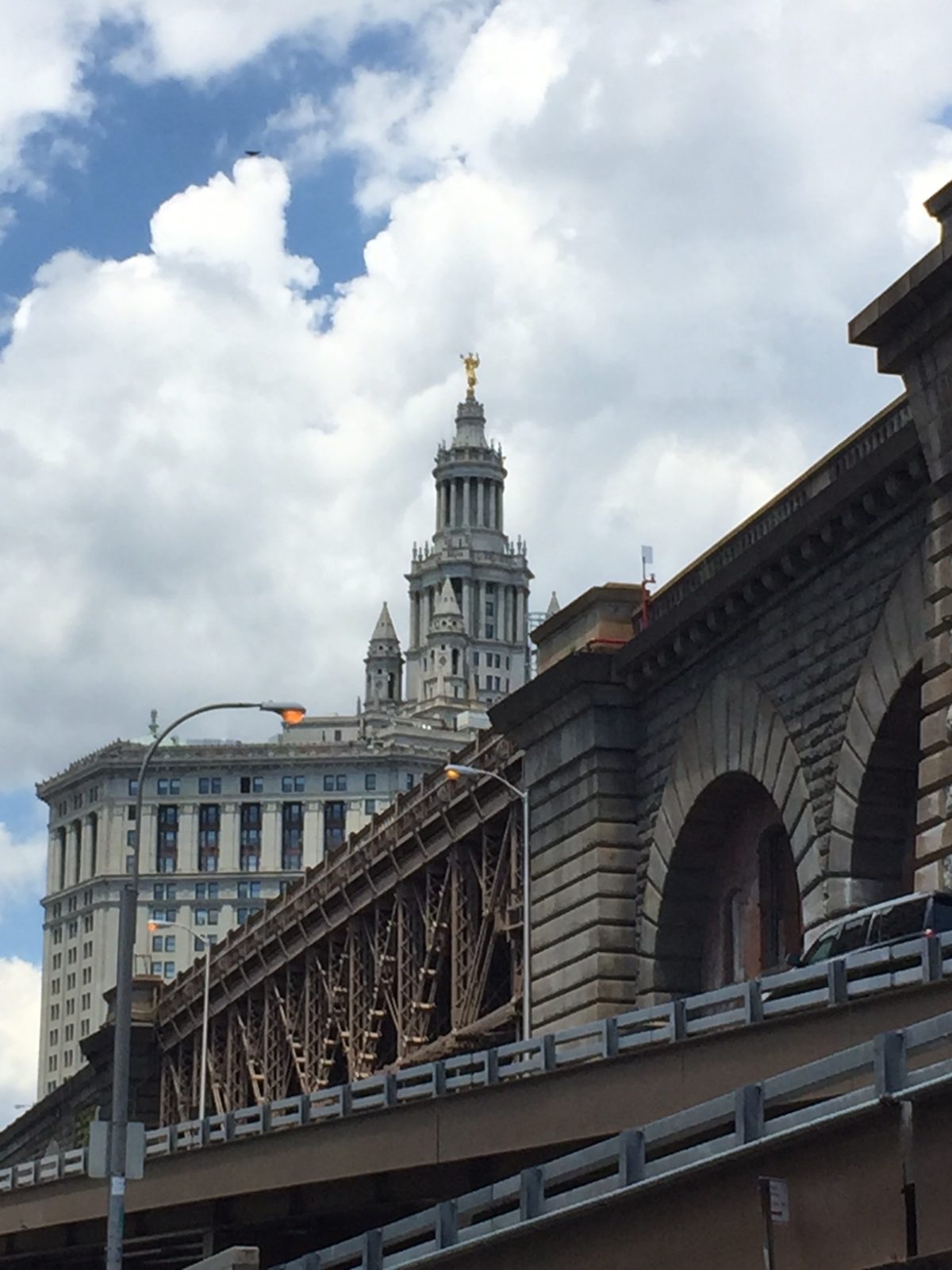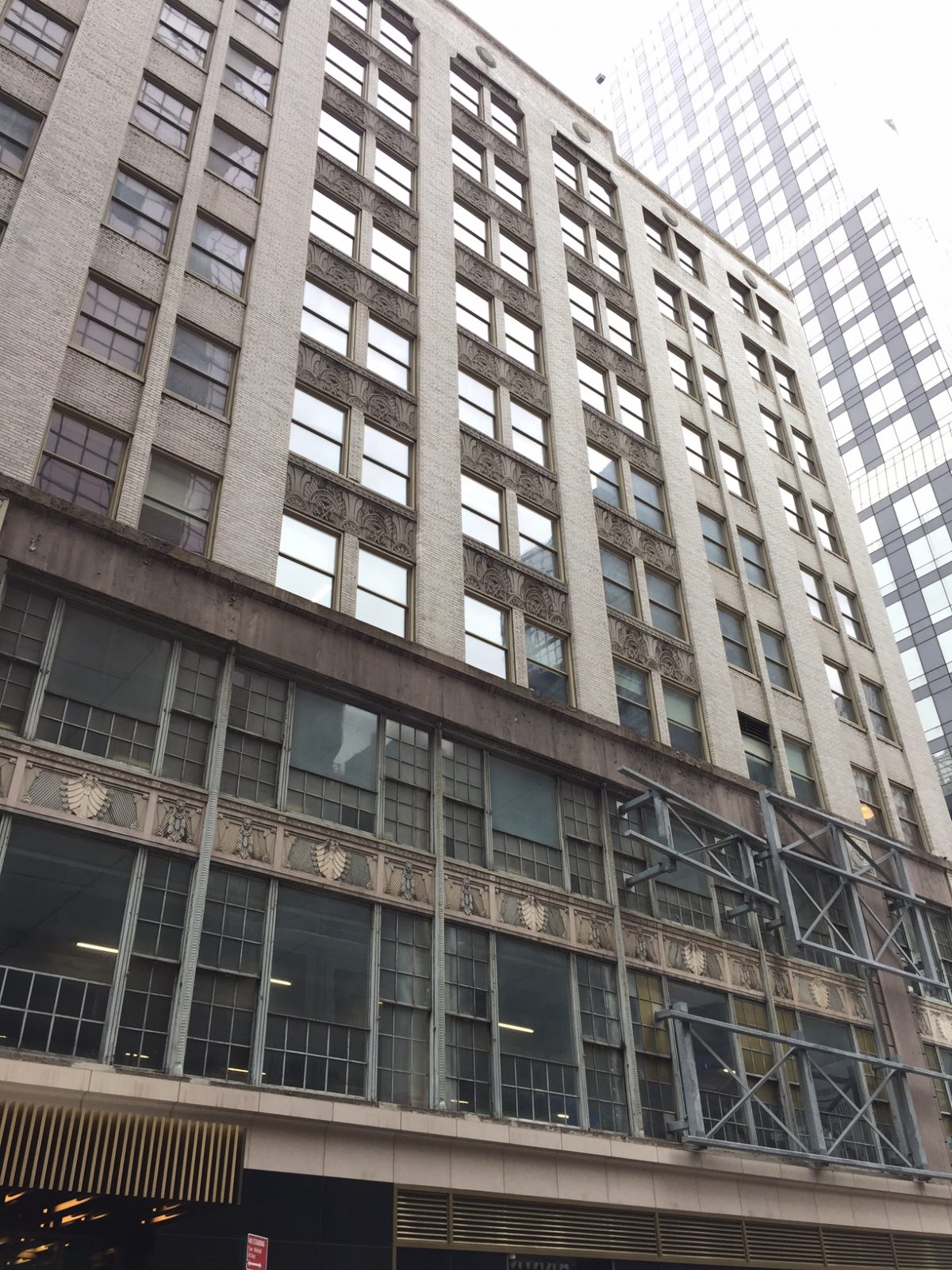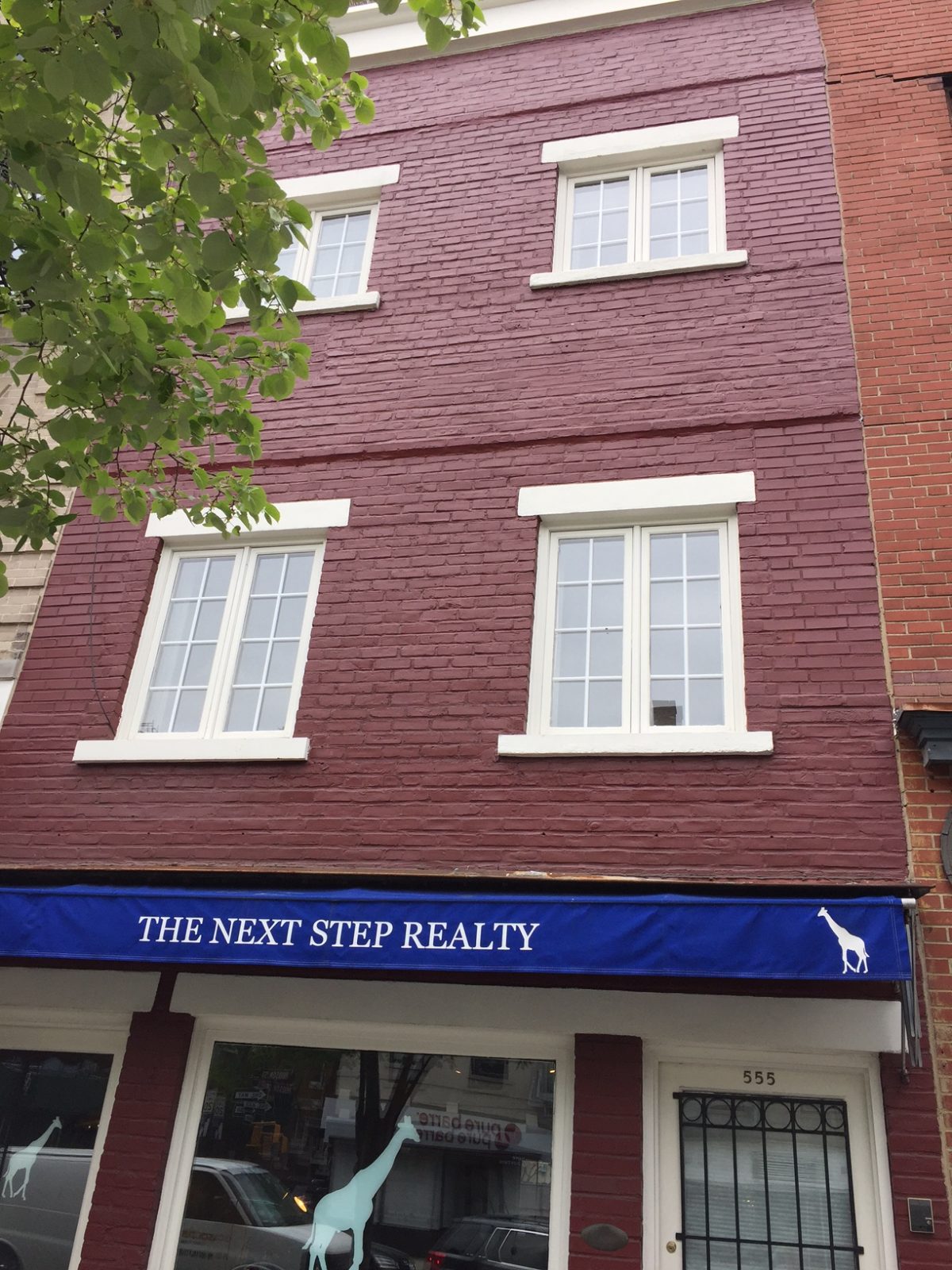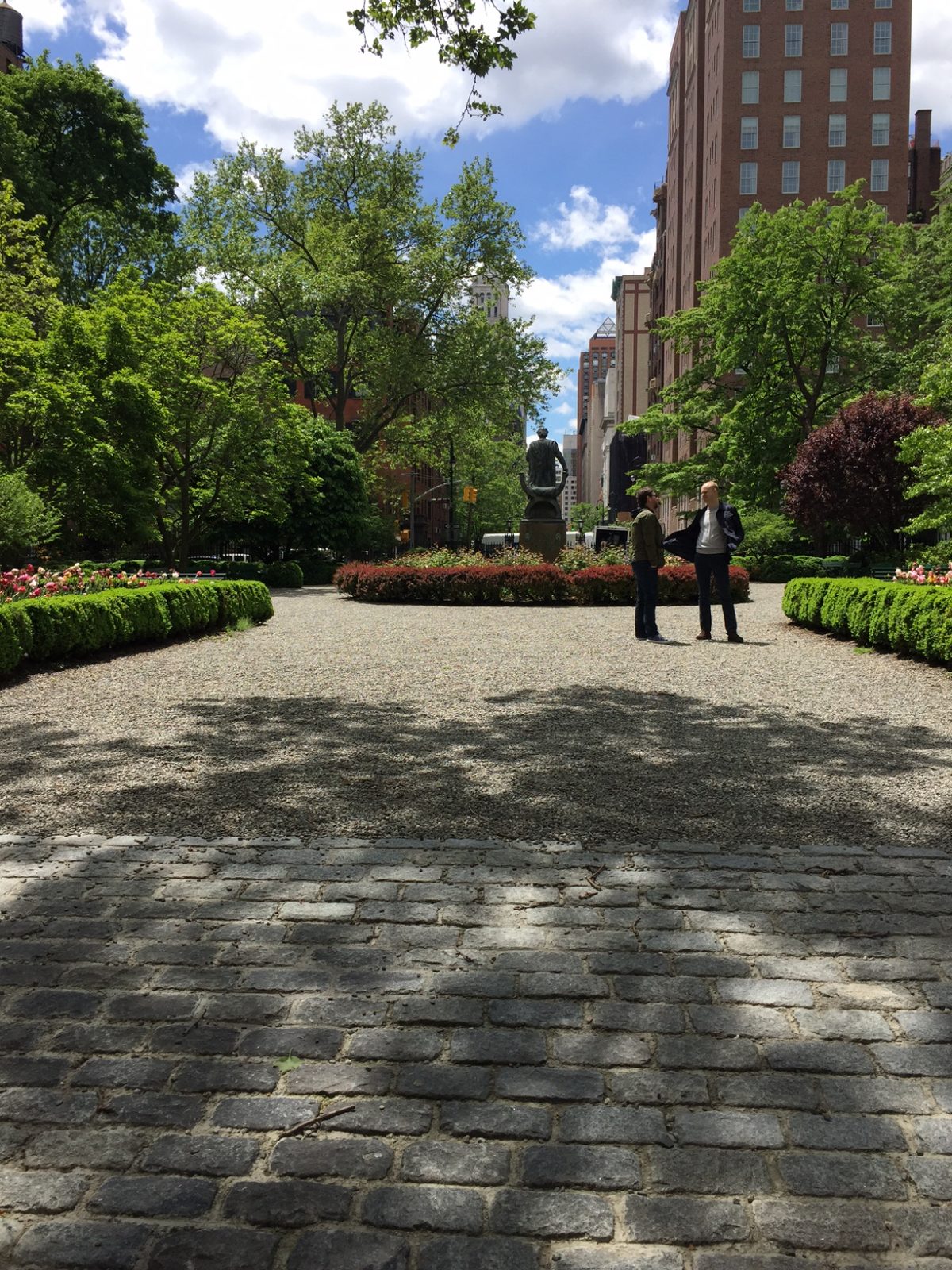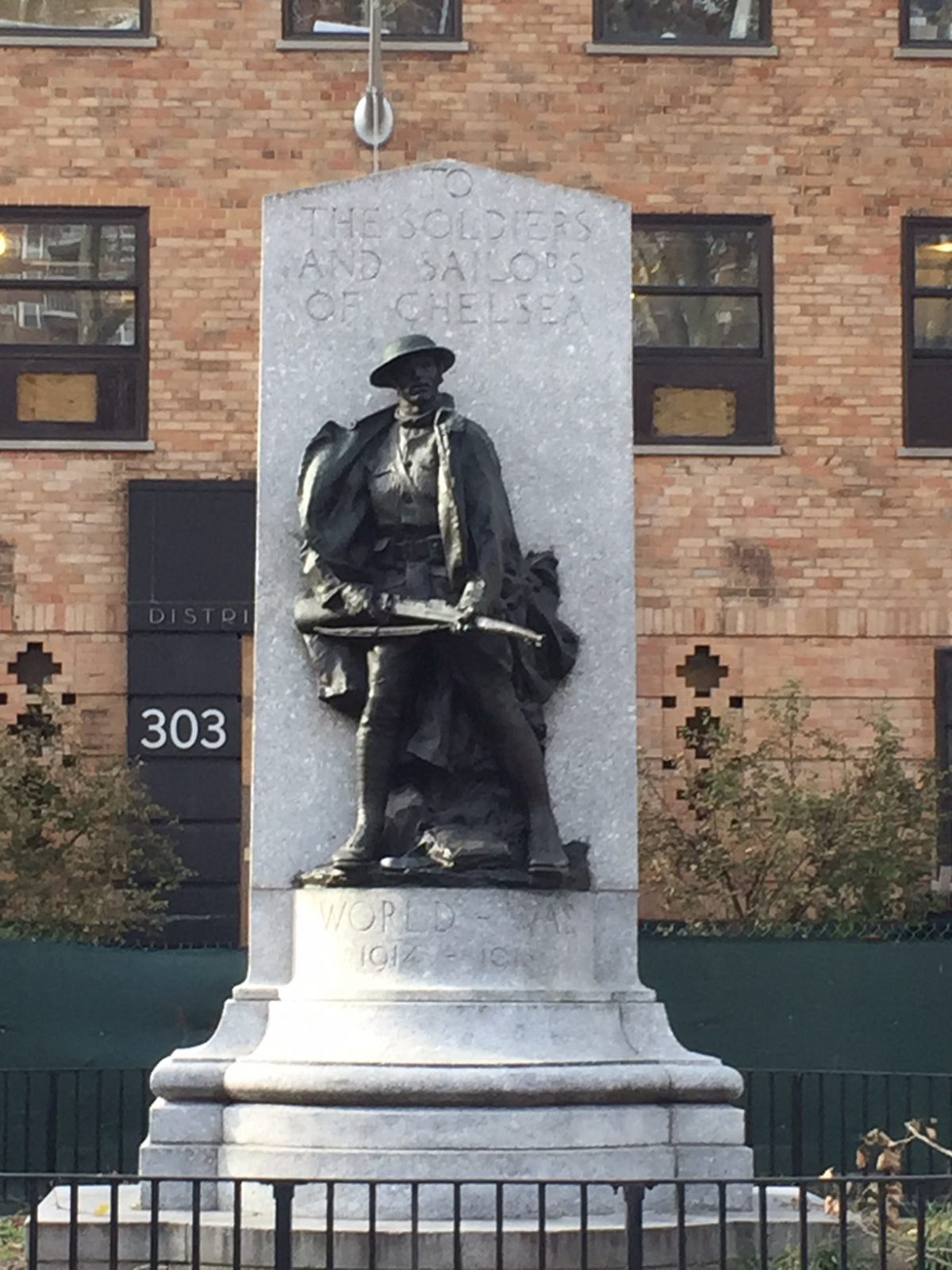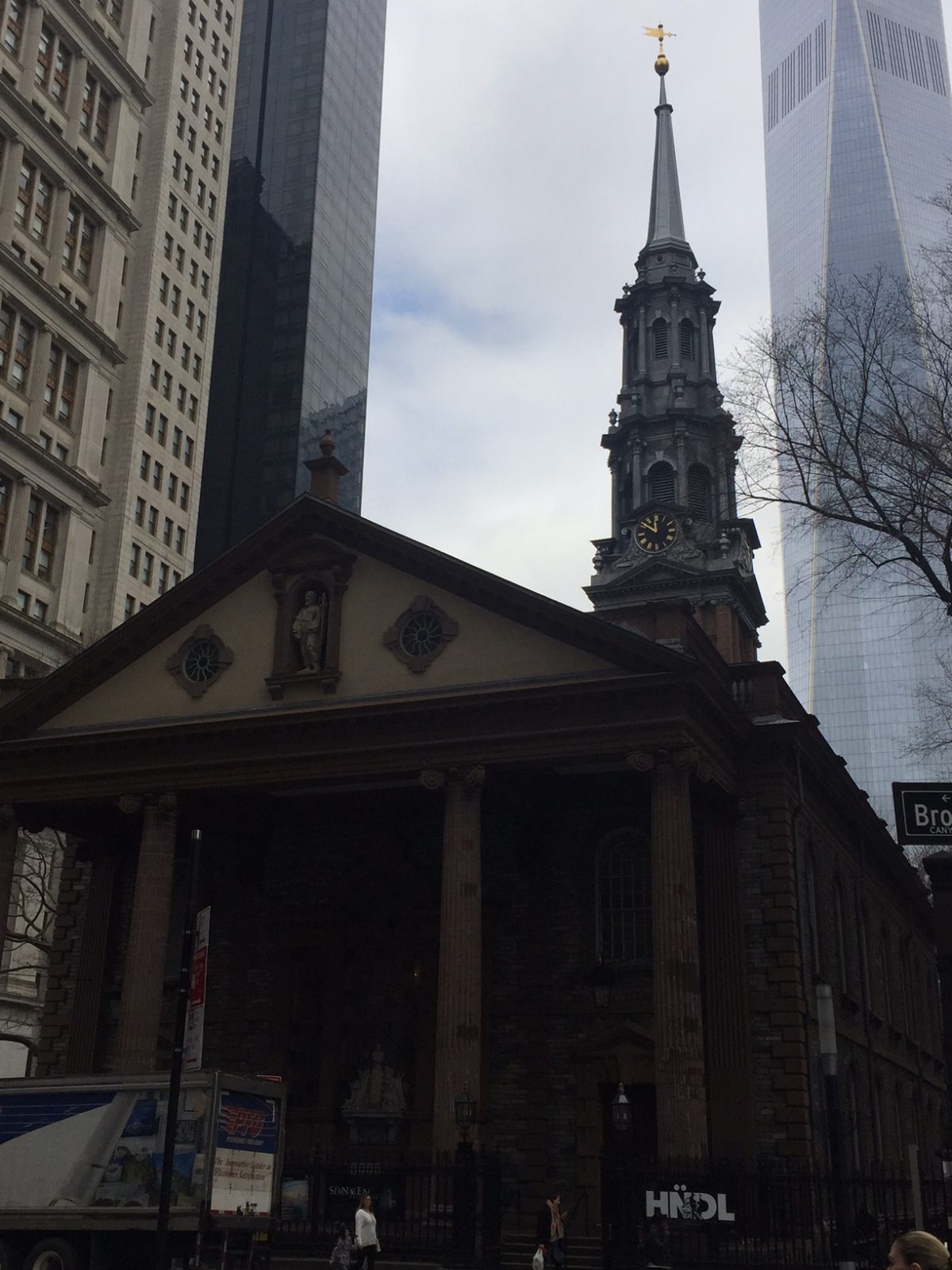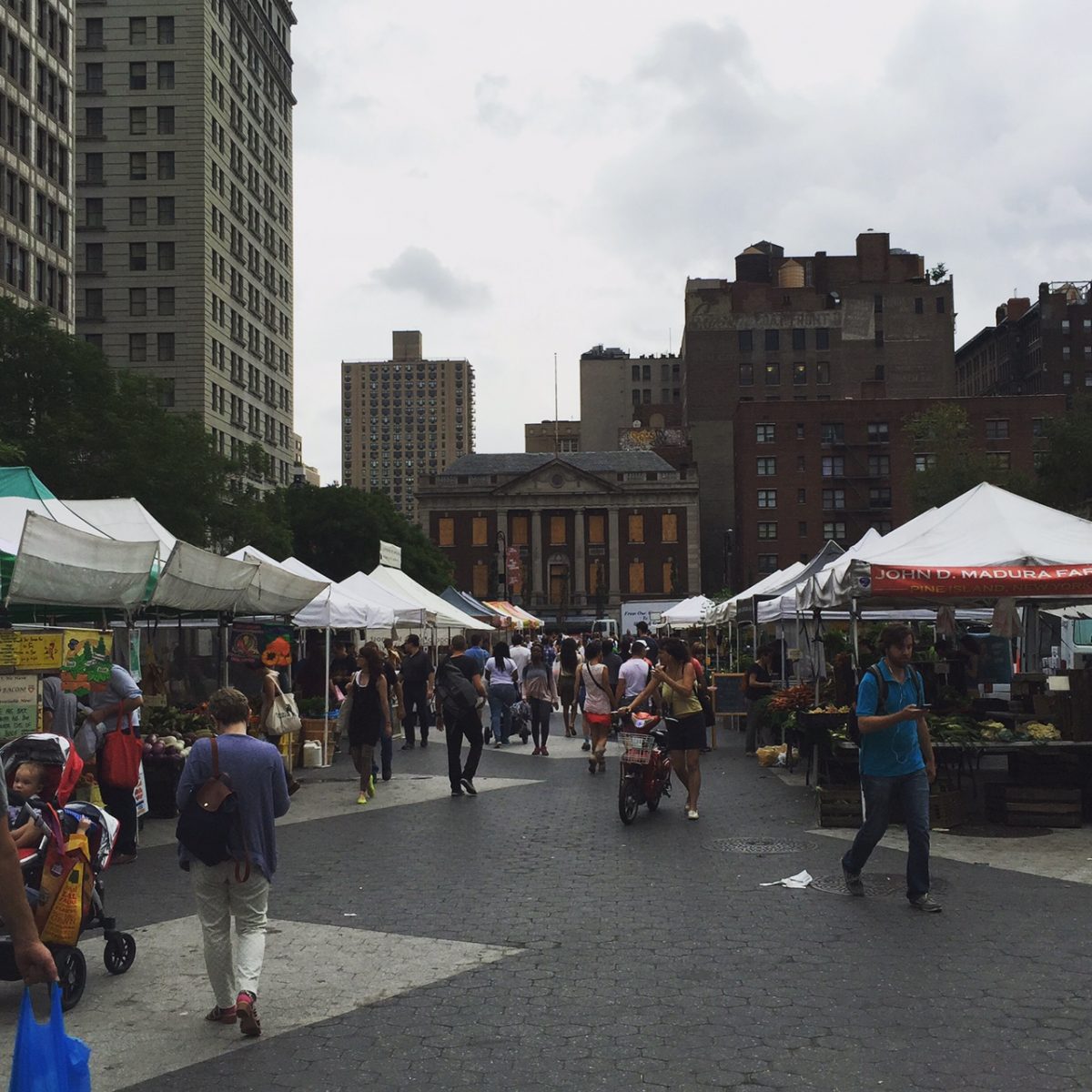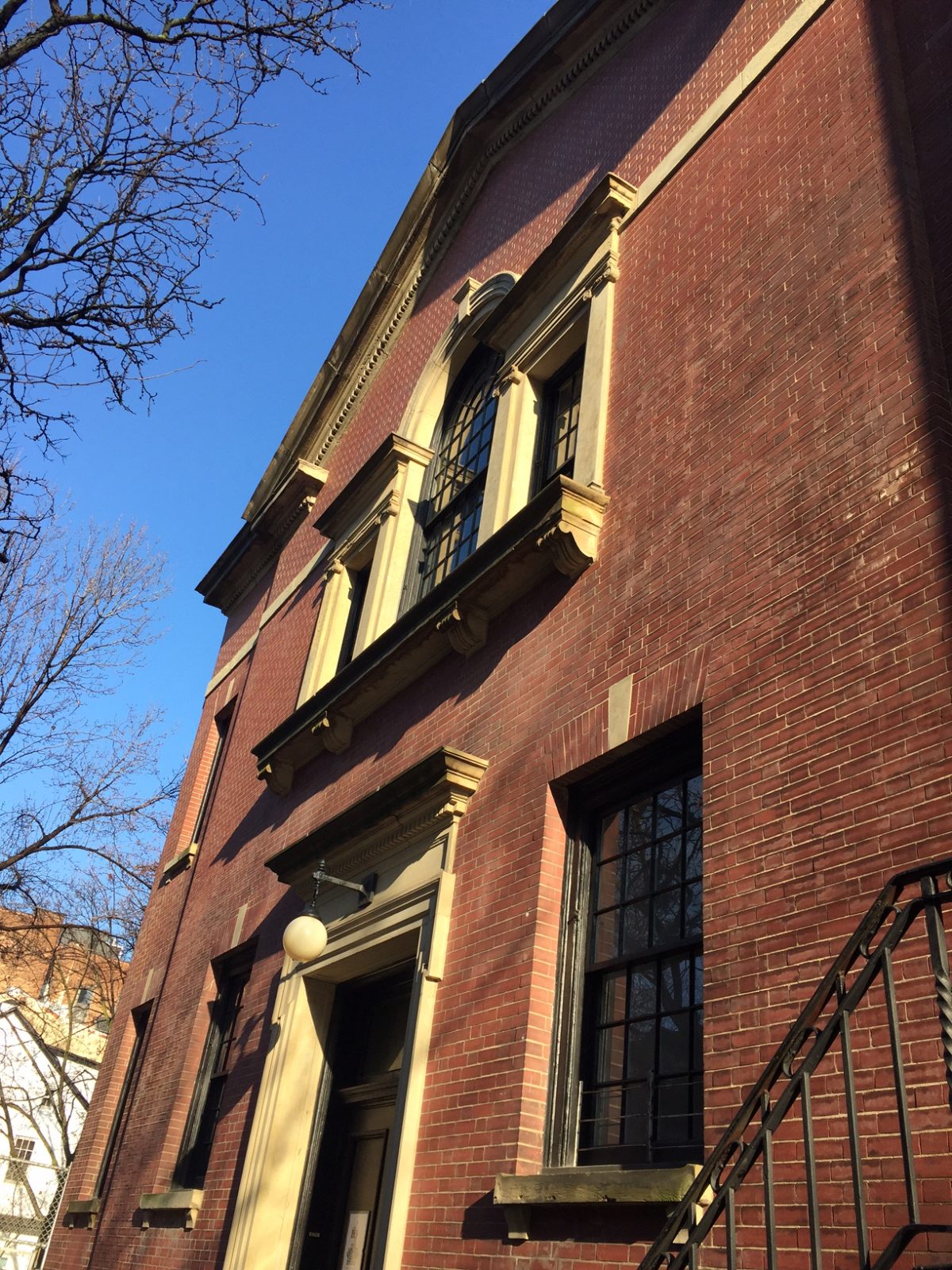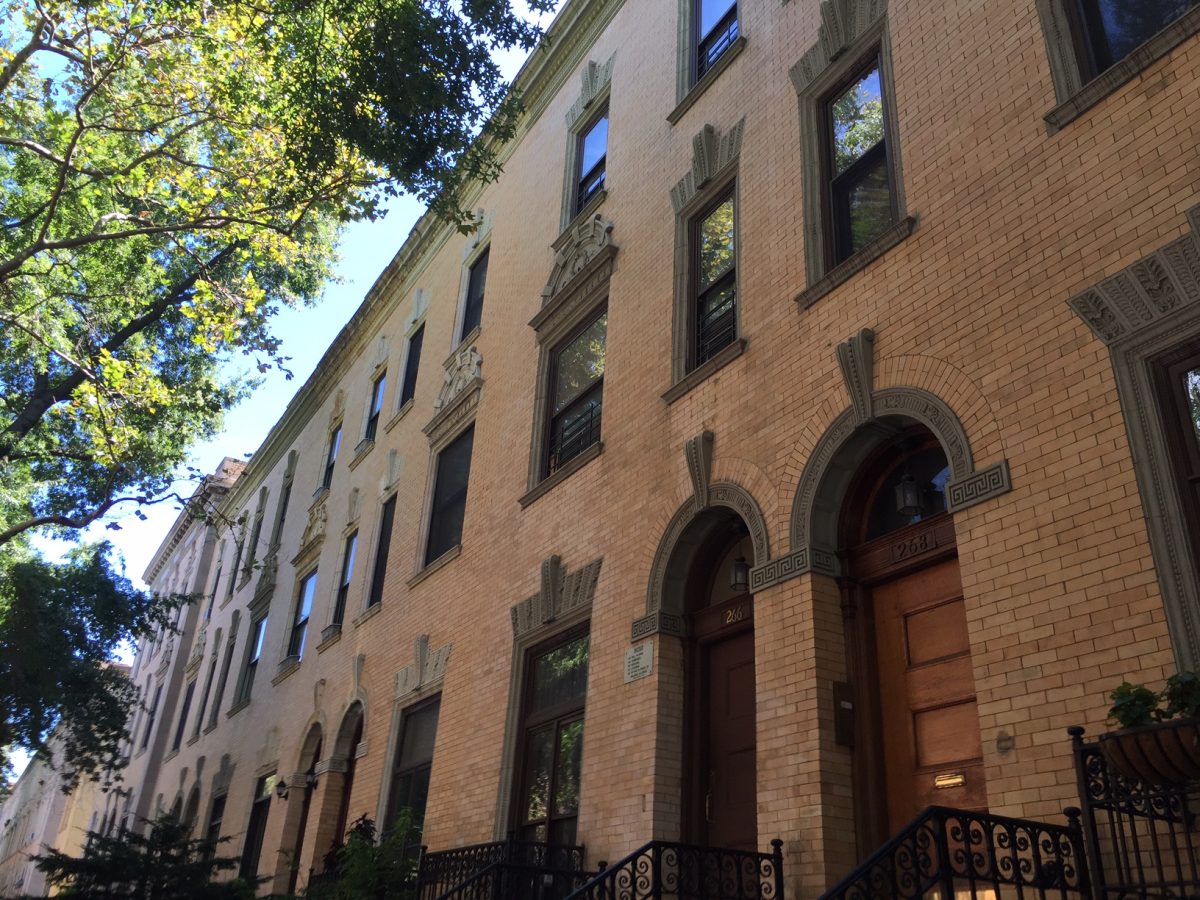New York City is by far the largest city in the United States. Overseeing hundreds of square miles of territory and providing for the safety of over eight million people is no small task. The city has a budget of well over $70 billion and an army of over 300,000 municipal workers (including but not limited to police, firefighters, sanitation workers, and park workers) to help maintain the city. So how does the city work?
The mayor is elected every four years by all of his citizens of the city and is responsible for executing their laws. The mayor is the nominal head of 32 city agencies and sits as a board member on 29 cultural attractions in town. Since the 1930s, the mayor has often delegated power to deputy mayors in an effort to run the city smoothly. If the mayor is unable or unwilling to perform his duty, the public advocate, a citywide elected position which functions as an ombudsman, would take that role. All city voters also elect a comptroller who is the chief financial officer of the city.
In terms of legislation, New York City residents are represented by 51 councilmembers. Each member has a district containing over 150,000 residents. The council is divided into several committees and passes legislation for the city. The council elects a speaker to act as the body’s leader. Like in the federal House of Representatives, bills are sent to the mayor for signature to become law. The council can also override a mayoral veto.
Because New York is made up of five boroughs, both the city and state of New York have courts in each of the five boroughs. The voters of each borough elect a district attorney. Federal courts are located in Manhattan and in Brooklyn. Each borough also has an elected borough president (who in turn has an advisory committee made up of council members and community members). While these offices are ceremonial, the borough presidents can introduce legislation in the city council and work as cheerleaders for their respective borough. Each neighborhood in the city is also part of one of 59 community boards that meet periodically to discuss local issues and recommend action, but are merely advisory in nature.
This is the type of information you will learn on a Sights by Sam tour. See where the city government meets on our “Foundation of New York” tour.

